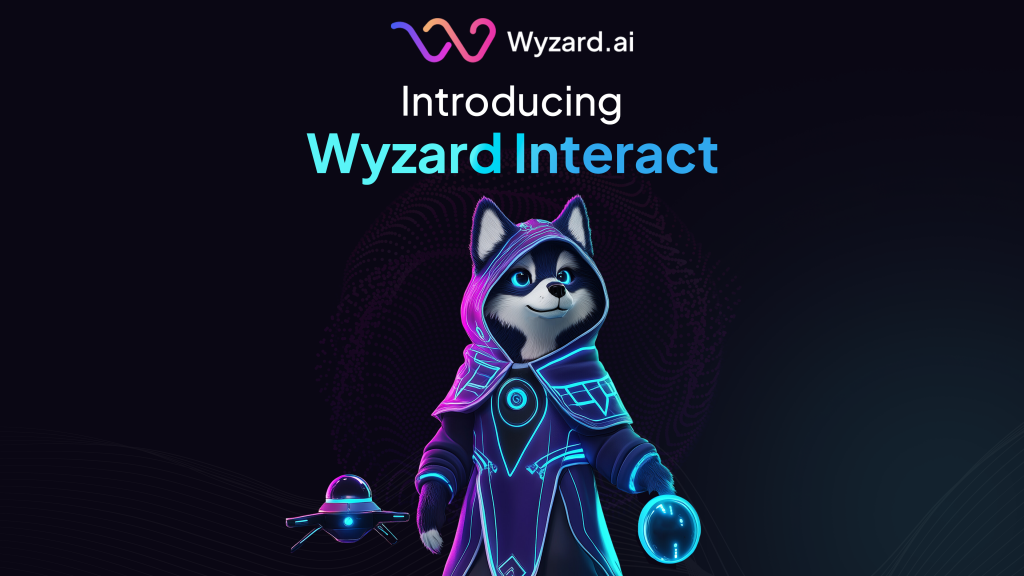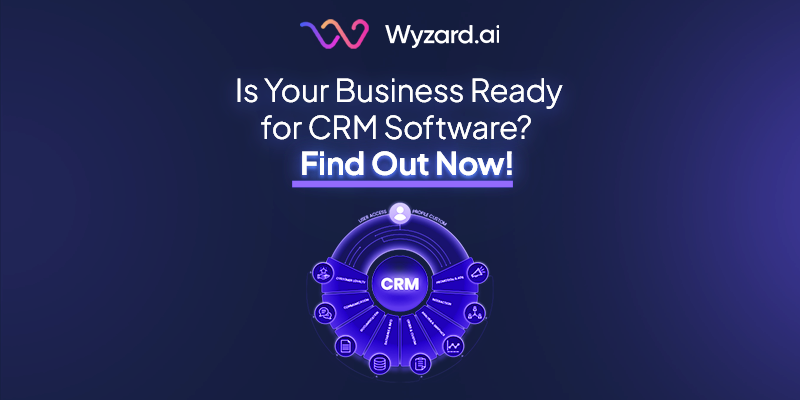Hi, I am Wyzard, your visionary guide in a world where the buying experience is transforming. The way we ...
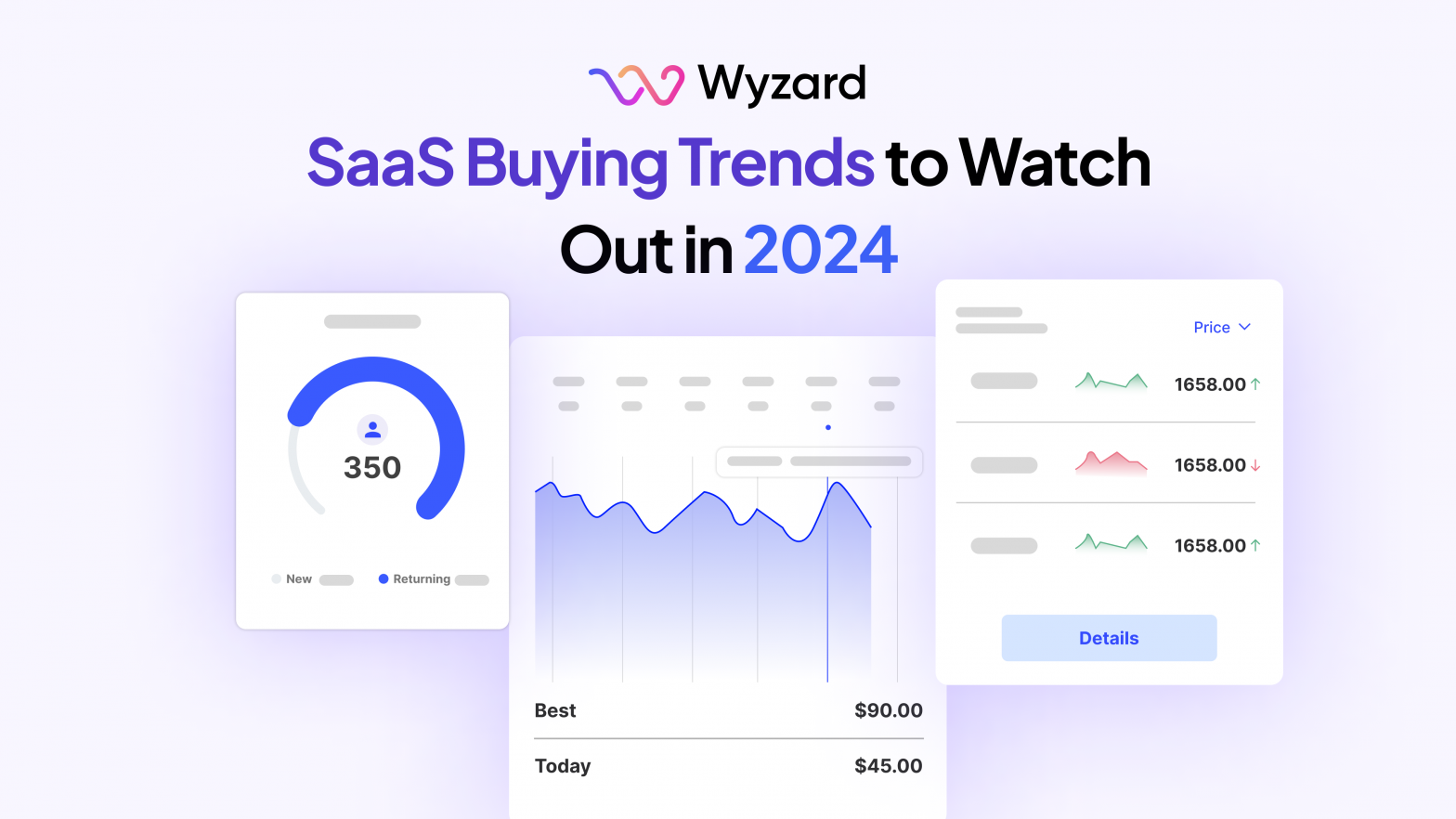
Subscribe Now
The Software-as-a-Service (SaaS) industry is evolving, with companies increasingly prioritizing strategic SaaS investments to drive their digital transformation.
As the market continues to evolve, understanding the key buying trends shaping the industry is crucial for both SaaS providers and buyers.
In this blog, we’ll look into some of the top SaaS buying trends that are influencing SaaS purchasing decisions in 2024, offering insights and recommendations to help organizations make informed choices and stay ahead in the market.
Let’s dive right in!
1. Changes in SaaS contract negotiation time
The time it takes for software buyers to negotiate contracts has become a key trend to watch. The data reveals an interesting pattern based on the contract value.
The negotiation process is relatively simple for smaller deals, typically taking a short period of time, typically under 15 days.
However, as the contract value increases, a significant jump occurs in negotiation time, often increasing by 50% or more compared to smaller deals.
As the contract value continues to climb, the negotiation days gradually increase, reflecting the increasing complexities of larger contracts. This steady climb suggests that as the stakes get higher, both buyers and sellers invest more time and resources to ensure favorable terms.
Interestingly, for contracts at the highest value tier, the negotiation time often plateaus or even decreases slightly. This could be attributed to the involvement of professional procurement teams and more strategic account executives on both sides, streamlining the negotiation process for larger deals.
This trend highlights the importance of SaaS providers understanding the negotiation dynamics at different contract value levels, allowing them to optimize their sales and contracting processes accordingly. It also emphasizes the need for buyers to be prepared for longer negotiation periods as they consider more substantial software investments.
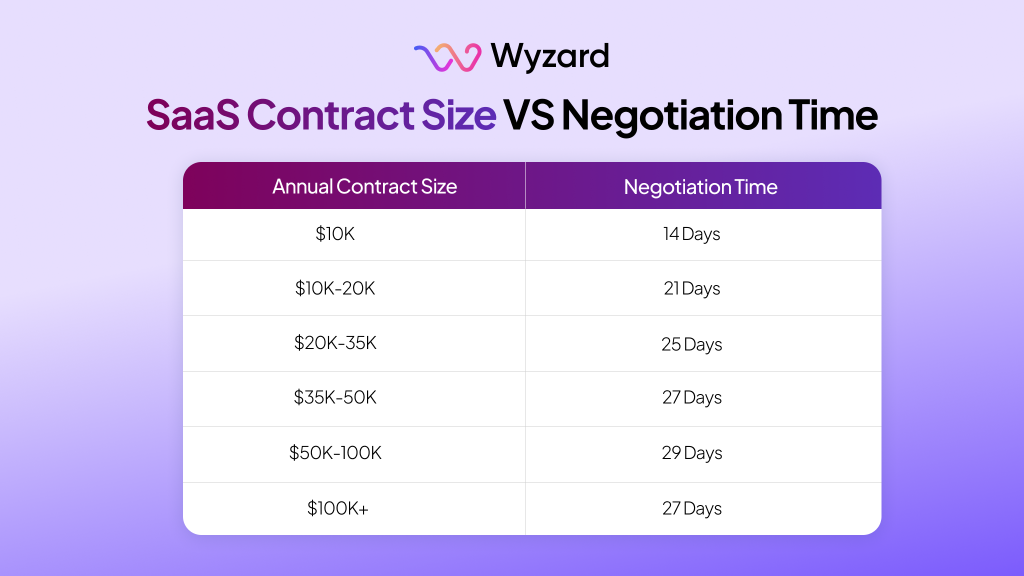
2. Rise in switching to lower-cost alternatives before renewals
As companies seek to optimize their budgets, there is an increasing trend of switching to lower-cost alternatives before renewing their current SaaS subscriptions. This shift is driven by the need to reduce unnecessary expenses and maintain financial flexibility in a rapidly changing market.
When considering SaaS solutions, companies are carefully evaluating alternative options that offer better value for money, ensuring that their SaaS investments align with their financial goals.
This trend is particularly evident in industries where budget constraints are a significant concern, such as in the public sector or small businesses.
Wyzard, a SaaS spend management solution, can help you monitor your SaaS stack and procure lower-cost alternatives for your existing tools. It also tracks your renewal dates and notifies you when they are approaching so you can make timely decisions about switching.
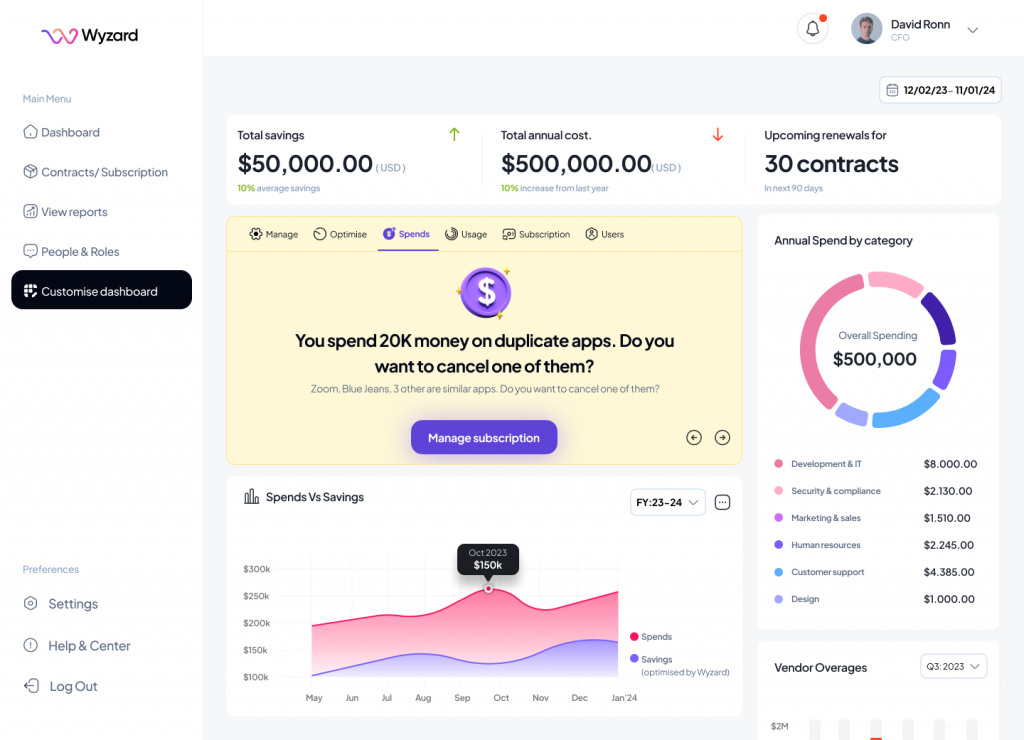
3. Shifting focus towards value-driven SaaS investments
While companies are seeking lower-cost alternatives, there’s also a trend towards more strategic SaaS investments.
Data shows that for critical, high-value SaaS solutions, the average contract value (ACV) of new purchases has increased by 32% year-over-year.
This trend suggests that companies are becoming more discerning in their SaaS spending. They’re cutting costs on non-essential or overpriced tools but are willing to invest more in solutions that provide significant value and are integral to their core business operations.
As SaaS platforms evolve and provide greater functionality, businesses are recognizing the long-term benefits of committing to larger, more strategic deals for their mission-critical software needs.
This selective approach optimizes SaaS spending as businesses are not compromising on the quality of software but rather moving away from the over-priced ones.
4. Best months to buy, sell, and save on SaaS
When it comes to buying, selling, and saving on SaaS solutions, timing is everything.
If you’re a SaaS seller, you’ll probably see more sales coming in in the winter months, particularly in December. This is often attributed to the fact that many companies find themselves with unused budget allocations as the year draws to a close.
Eager to maximize their spending, they turn to SaaS solutions to invest these remaining funds.
If you’re a SaaS buyer, this is also the best time to secure good deals on new SaaS purchases. This time of the year is good for negotiation and potentially securing discounts because even SaaS vendors are looking to hit their annual targets.
However, while December may be the most active month for net new SaaS purchases, January emerges as the busiest renewal period. Interestingly, this month also sees the longest turnaround times for renewal contracts.
If you’re seeking to renew your SaaS subscriptions in January, it’s best to initiate the process well in advance to ensure a smooth transition.
The summer months, on the other hand, tend to be the slowest for SaaS sales. June, July, and August consistently record the longest buying cycles for net new SaaS purchases. This can be attributed to various factors, such as vacations, reduced staffing, and a general slowdown in business activity during the summer season.
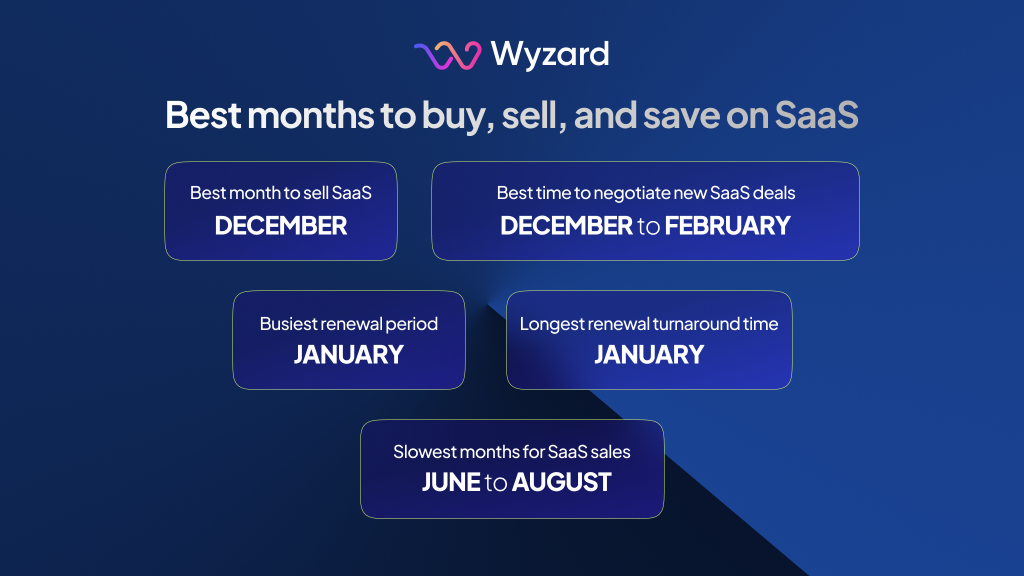
5. Maximizing ROI dominates SaaS buying decisions
In 2024, companies are laser-focused on maximizing their ROI when selecting SaaS solutions.
The priority is to ensure that the chosen solutions provide measurable value and cost savings, aligning with the company’s financial goals.
When evaluating SaaS options, decision-makers scrutinize the financial benefits and ROI to guarantee that their investments deliver tangible results, such as increased efficiency, productivity, or revenue growth.
This shift in focus is driven by the need for companies to optimize their budgets and ensure that their SaaS investments align with their financial objectives.
Wyzard’s budgeting module helps businesses buying software stay within their budgets. Based on their spending data, Wyzard also allows them to forecast their spending to set budgets for the future. When the tech budgets are created based on concrete data, you have room to procure new SaaS as and when required.
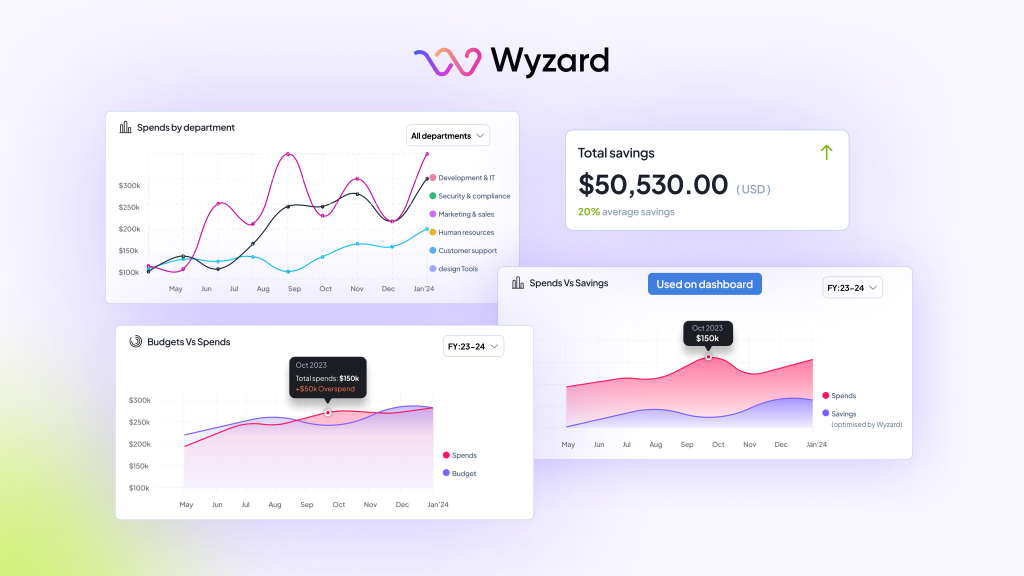
6. SaaS categories that most businesses are buying
Most companies still invest in Access Management and Cybersecurity SaaS, so these categories have maintained their top positions. It’s clear, robust security measures in cloud-based environments are a priority.
While most leading categories remained consistent year-over-year, signaling stability in the market, some notable changes are emerging.
Data Science and Analytics tools are gaining prominence, reflecting businesses’ growing appetite for data-driven insights.
Meanwhile, categories like version control, IT service management, cloud security, and visual design are making their mark among top suppliers.
This diversification suggests companies are expanding their SaaS investments to address a wider array of operational and strategic needs.
Here are some of the most purchased categories:
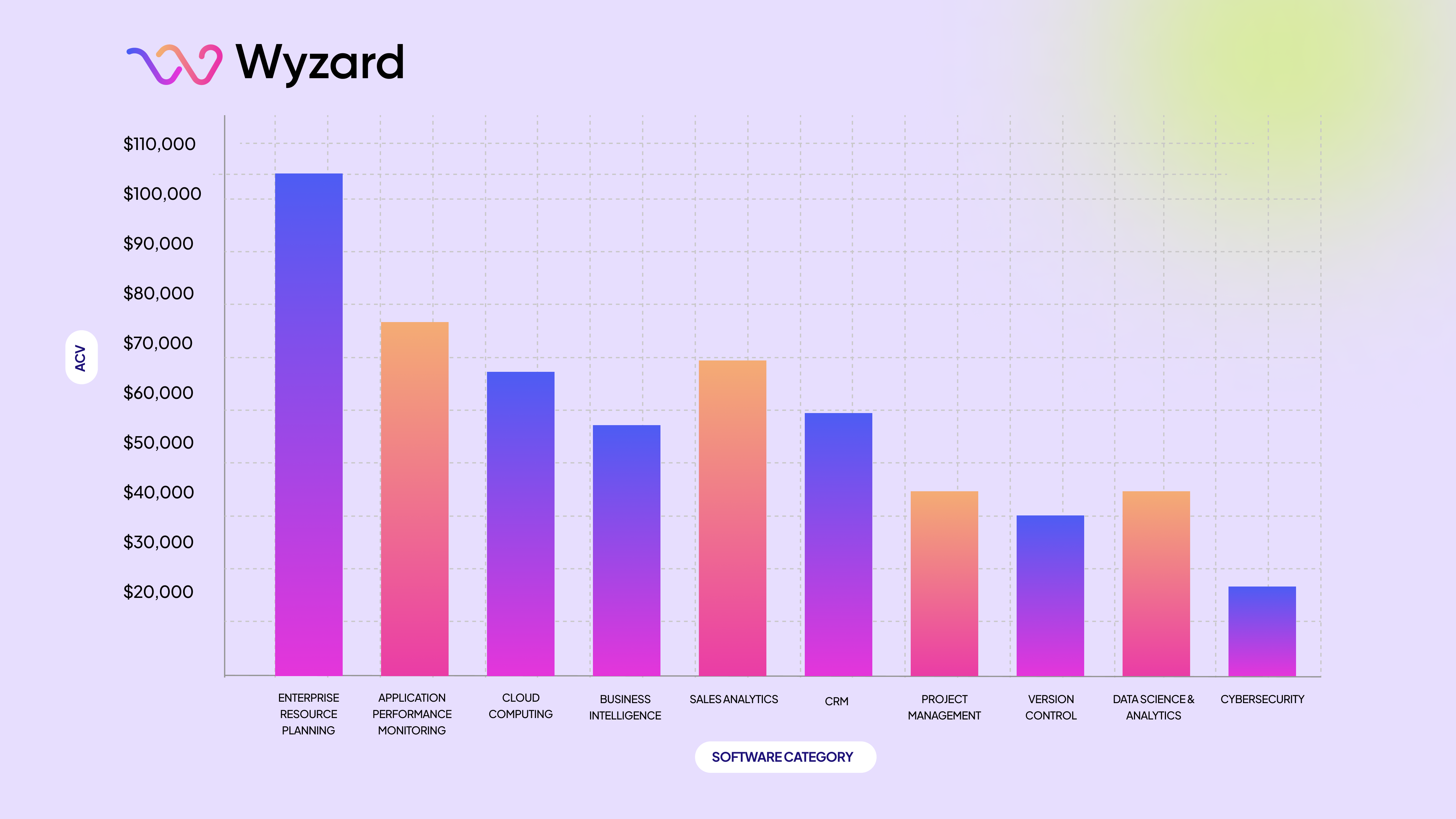
Most Purchased Software Categories
7. Increased focus on customer experience
Companies are now prioritizing customer experience when selecting SaaS solutions, seeking platforms that provide seamless integration, user-friendly interfaces, and personalized support.
This shift in focus is driven by the recognition that customer satisfaction is critical to long-term success and loyalty.
When evaluating SaaS solutions, decision-makers are assessing the ease of use, responsiveness to customer needs, and the quality of support provided, ensuring a smooth transition and optimal usage of the chosen solution.
This trend is particularly evident in industries where customer satisfaction is a key differentiator, such as in the healthcare or financial sectors.
8. Growing demand for AI-powered SaaS solutions
The integration of AI technology is becoming increasingly important in the SaaS industry as companies recognize the potential for more personalized and responsive services.
AI-powered SaaS solutions can analyze user behavior, provide predictive insights, and automate tasks, leading to improved efficiency and productivity.
When considering SaaS options, companies are evaluating the AI capabilities of the solutions and their potential to enhance overall performance.
This trend is particularly evident in industries where data analysis is a key component, such as in the retail or manufacturing sectors.
9. Shift to subscription-based models
Companies are increasingly adopting subscription-based models for their SaaS solutions, as this approach provides greater flexibility and cost control.
Subscription-based models allow companies to scale up or down as needed while ensuring that costs are aligned with their financial goals.
When evaluating SaaS solutions, decision-makers prioritize the flexibility of the subscription model and its ability to adapt to changing business needs, ensuring that their SaaS investments support their long-term financial objectives.
10. Growing importance of integration and interoperability
Companies are seeking SaaS solutions that integrate seamlessly with existing systems and tools, ensuring smooth workflows and minimal disruption.
This trend is driven by the need for companies to streamline their operations and reduce the complexity of their technology stack.
When evaluating SaaS options, decision-makers are assessing the integration capabilities of the solutions, ensuring that they can easily integrate with existing systems and tools.
So, let’s say a tool from a renowned brand doesn’t integrate really well with a company’s existing stack. The company will be more likely to go with a brand that offer better integration, and will probably save some cost there too.
Buy the most value-for-money SaaS with Wyzard!
Wyzard can help SaaS buyer streamline their SaaS procurement process. It’s a democratic platform that allows you to find the right software for your needs and your budget.
It takes into account the reviews, user experience, reputation, efficiency, and interface and then suggests the best software in the category for you.
Once you have selected the tool, Wyzard helps you with their negotiation advisory to procure the software at the best price possible.
Moreover, it saves IT and procurement teams countless hours on repetitive tasks of buying SaaS licenses.
Other blogs
The latest industry news, interviews, technologies, and resources.
March 17, 2025
How LLM-Based AI Agents are Simplifying the Software Buying Process for Businesses
Let’s talk about something that’s becoming a game-changer in our daily lives: AI agents. Think of them as your ...

March 11, 2025
Is Your Business Ready for CRM Software? Find Out Now!
Running a small business can feel like juggling a million things at once. You are busy with customers, ensuring ...

Subscribe
Today!
Error: Contact form not found.
Subscribe to learn about new product features, the latest in technology, solutions, and updates.
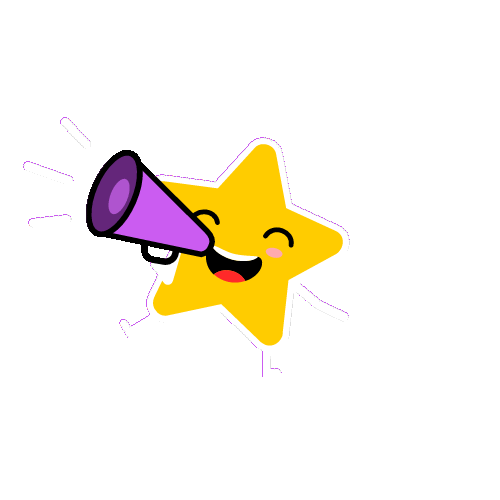 Meet Us at
Meet Us at 
